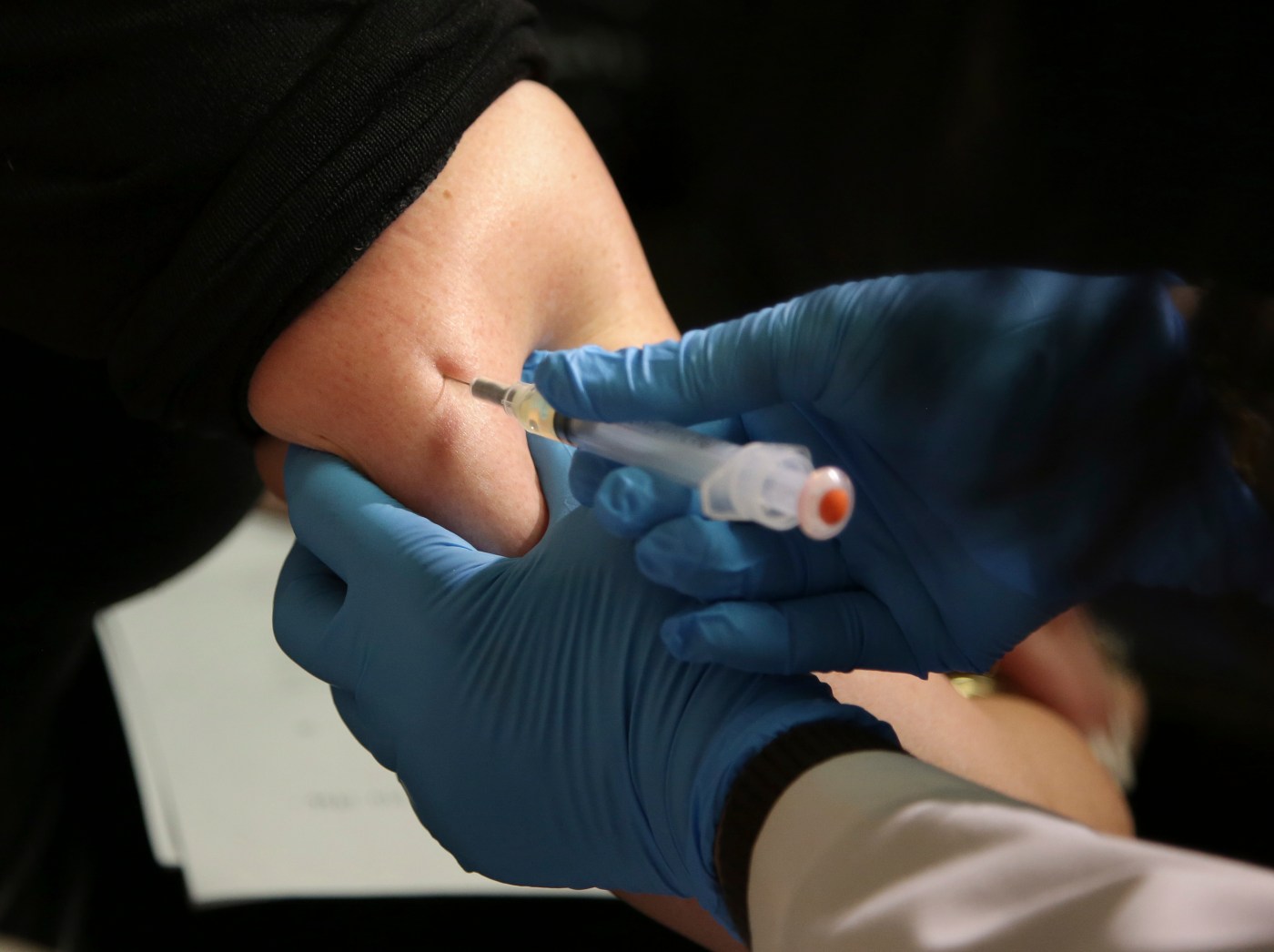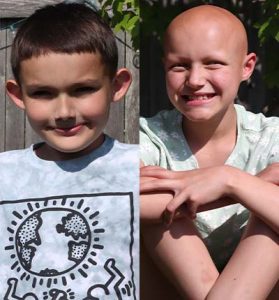
What parents need to know about measles
Measles is a highly contagious disease caused by the measles virus. The infection can lead to serious and sometimes fatal complications. Fortunately, measles is a vaccine-preventable illness.
Measles was under control in the United States, but we are seeing outbreaks again in areas where vaccination rates have fallen. Because measles is so contagious, outbreaks happen quickly. Most of the time, children who get measles are not up to date on recommended vaccines or are not old enough to get the measles vaccine.
The childhood and adolescent immunization program in the United States led to a more than 99% decrease in measles cases since 1963. However, travelers visiting or returning to the United States from other countries can spread measles to people who are at risk and cause an outbreak.
After the first measles infection is reported in a community, it is considered an outbreak because of how quickly measles spreads. Local health experts must work quickly to identify others who were exposed so they can stop measles from spreading.
Measles is one of the most contagious diseases in the world. In fact, 9 out of 10 people exposed to measles will catch it, too, if they are unvaccinated, have not had the disease before or have a problem with their immune system. Even very brief exposure to an infected person in a shared space poses a high risk for unimmunized people.
People with measles are contagious before they know they are sick. An infected person can spread measles easily to others 4 days before the rash appears, and they are still contagious 4 days after the rash appears.
Measles spreads from person to person and through the air from respiratory droplets from a child’s cough or sneeze. The virus can live for two hours on surfaces or suspended in the air. Someone who enters a room where someone with measles had been earlier can catch the disease. The virus can also travel along air currents and infect people in another room.
Even brief exposure to the virus poses a high risk of infection to anyone who is not up to date on measles vaccine or has not had measles before. People with conditions that weaken the immune system are also at high risk of infection.
Common signs of measles infection include a high fever and rash. The rash usually appears 3 to 5 days after the first symptoms. It starts on the head and spreads down to the rest of the body. In addition to a fever and rash, other measles symptoms may include a cough, runny nose, and red, watery eyes. Other symptoms may include small spots in the cheek area inside the mouth called Koplik spots, as well as diarrhea and ear infection.
Measles can also lead to serious complications, such as pneumonia, encephalitis (swelling of the brain), deafness, intellectual disability and even death.
Measles symptoms typically begin about 8 to 12 days after your child is exposed to the virus. If your child was exposed to someone with measles, call your pediatrician right away. They can check your child’s health records. If needed, your pediatrician can arrange to have your child examined without putting others at risk.
Children with measles should stay home from school or child care until at least 4 full days after the beginning of the rash, when they are no longer contagious.
During a measles outbreak, keep in mind that children who have not received a measles vaccine (MMR or MMRV vaccine) should be excluded from school. Unimmunized children who have not had a known exposure to someone with measles can return to school or child care immediately after they receive a dose of MMR or MMRV vaccine.
Unimmunized children who have been exposed to someone with measles but receive a dose of MMR or MMRV vaccine within 72 hours of their first exposure can return to school immediately.
Unimmunized children who have been exposed to someone with measles but receive a dose of MMR or MMRV vaccine more than 72 hours after their first exposure should be excluded from school for 21 days from the time of their most recent exposure.
Unimmunized children who do not receive the MMR or MMRV vaccine during the outbreak, regardless of whether they have a known exposure, should be excluded for 21 days after the onset of rash in the last case of measles in the school or community.
Your pediatrician can let you know when it is safe for your child to return to school or child care. This will help avoid spreading measles to others who may be unable to receive the vaccine because of their age or due to a condition that affects their immune system.
Measles is a vaccine-preventable infection. About 95 of every 100 people will be protected after getting one dose of the MMR vaccine. Two doses of MMR vaccine protect 97-99 of every 100 people.
To avoid the disease, immunize according to the recommended schedule — when a child is 12 to 15 months of age and with a second dose at their checkup when they are 4 to 6 years of age. Some children at higher risk may need 3 doses if there is a disease outbreak.
Infants ages 6-12 months old can get a measles vaccine during an outbreak or before international travel to a location with an active measles outbreak. Before traveling, check for health advisories on the Centers for Disease Control and Prevention Travel Health Notices webpage.
Children who are vaccinated with MMR develop lasting immunity and protect others. When most of us have immunity to measles, it is less likely to spread. If you think that your child has been exposed to measles, call your pediatrician right away.
For more information, go to HealthyChildren.org.
Andrew Hashikawa, M.D., M.S., FAAP, is a clinical professor in the departments of Emergency Medicine and Pediatrics at Michigan Medicine and a practicing pediatric emergency medicine physician at Mott Children’s Hospital at the University of Michigan. He is a member of the American Academy of Pediatrics Council on Early Childhood Executive Committee. His research focuses on infectious disease surveillance in child care programs. Adam Ratner, MD, MPH, FAAP, is a pediatric infectious diseases expert at New York University Grossman School of Medicine and Hassenfeld Children’s Hospital, New York. He is a member of the American Academy of Pediatrics Committee on Infectious Diseases.
Tribune News Service


